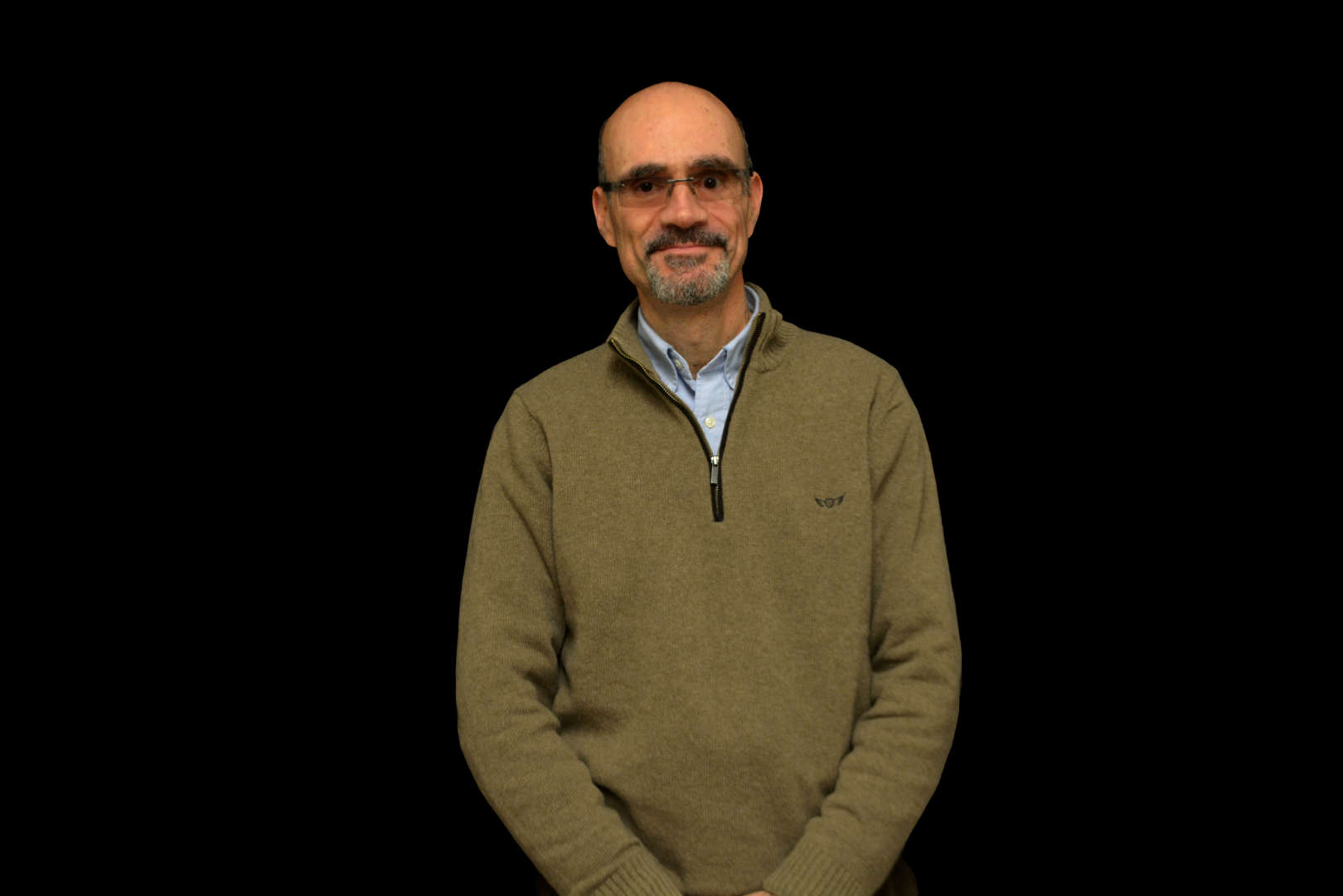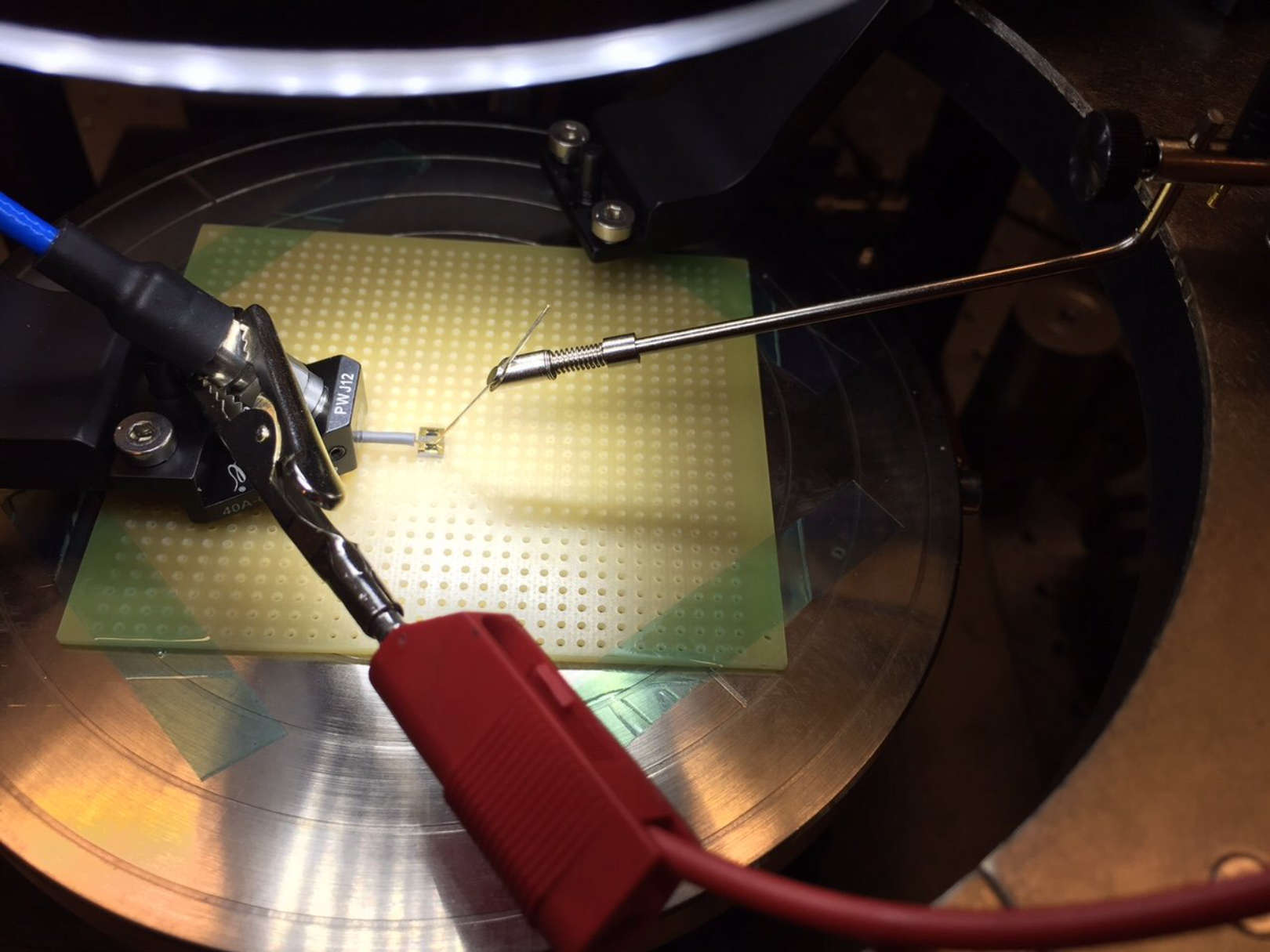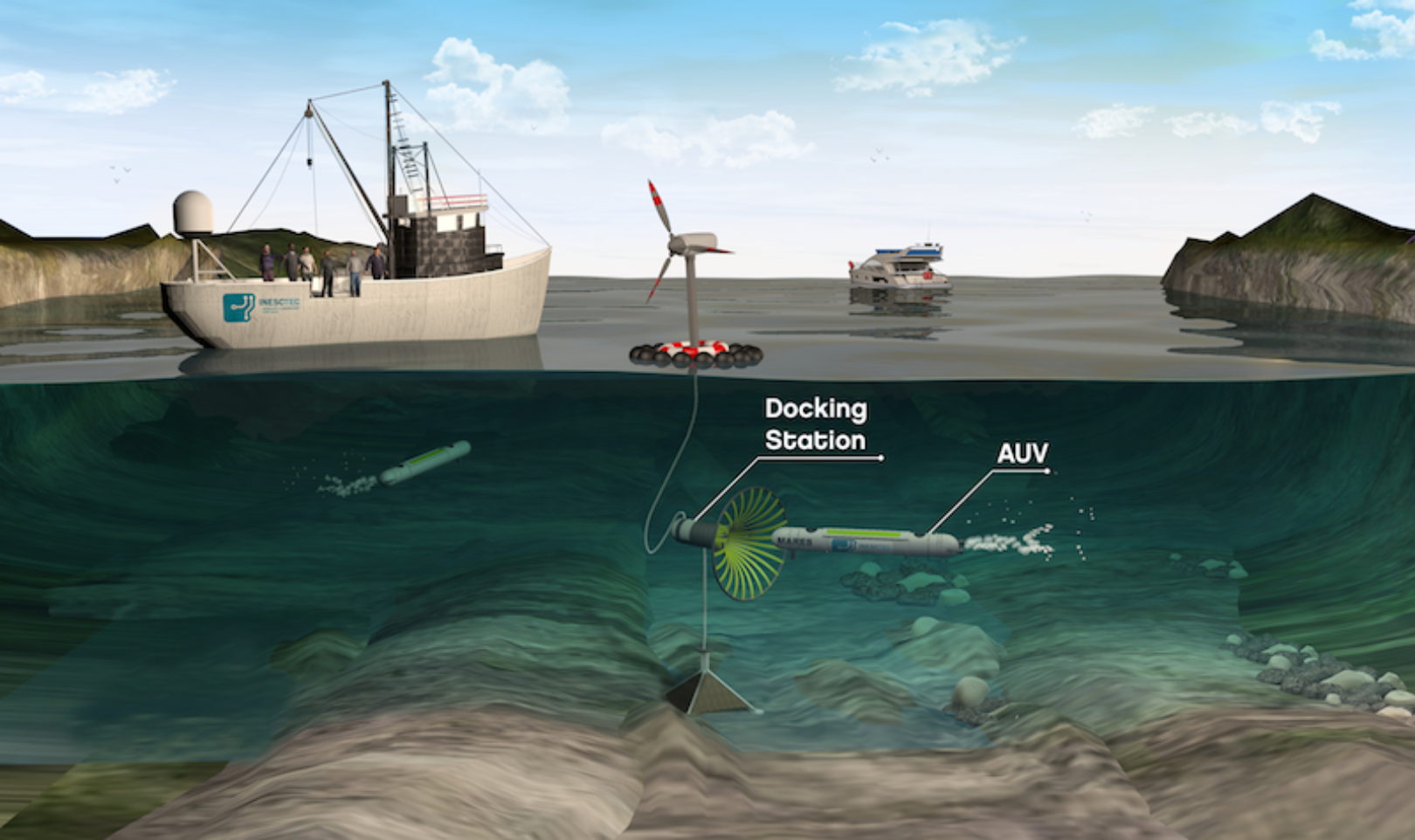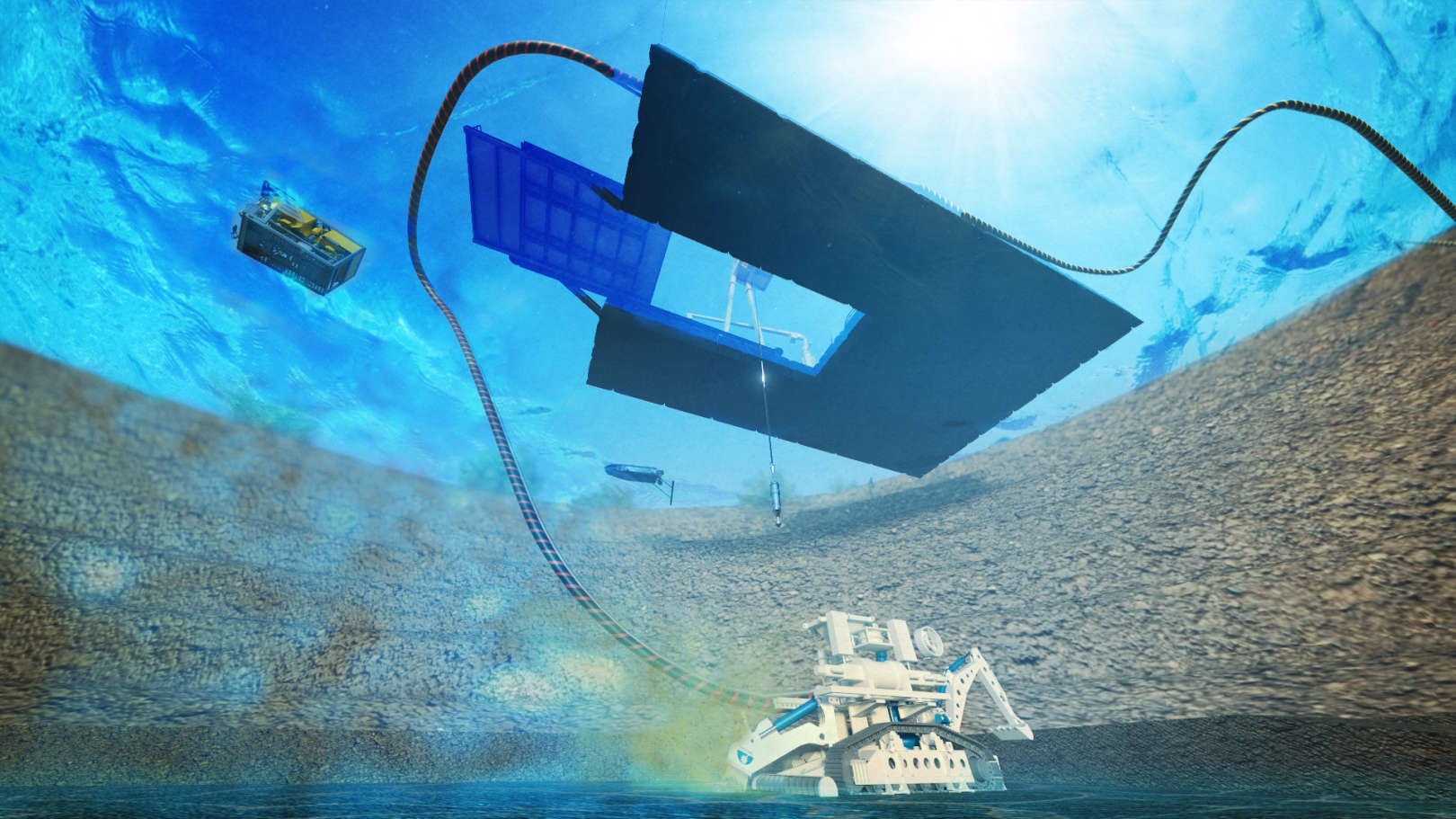About
Henrique M. Salgado graduated in Applied Physics (Optics and Electronics) from the University of Porto in 1985 and received the PhD degree in Electronic Engineering and Computer Systems from University of Wales in 1993. He joined the Department of Electrical Engineering and Computers of the University of Porto in 1999 as an Invited Assistant Professor and in 2003 he became Associate Professor. Since 1995 that he heads the Optical and Electronics Area of INESC TEC, begin responsible for several national and internationally funded (EU) research projects. From 1997-1999 he was Research Fellow at the Department of Electrical and Electronic Engineering of the University College London, UK and previously Research Assistant at the School of Electronic Engineering and Computer Systems, Bangor, UK. He is the author and co-author of numerous international publications in the field of optical fibre communications and microwaves. His current research interests include: radio-over-fiber technology and microwave photonics, digital equalization in coherent optical systems, all-optical networks, modeling of nonlinearities and design of compact multiband antennas. He is a member of the Photonics and Communications societies of the IEEE.







